PPT-Handing Uncertain Observations in Unsupervised Topic-Mixtur
Author : faustina-dinatale | Published Date : 2016-05-02
Language Model Adaptation Ekapol Chuangsuwanich 1 Shinji Watanabe 2 Takaaki Hori 2 Tomoharu Iwata 2 James Glass 1 報告者郝柏翰 20130305 ICASSP 2012
Presentation Embed Code
Download Presentation
Download Presentation The PPT/PDF document "Handing Uncertain Observations in Unsupe..." is the property of its rightful owner. Permission is granted to download and print the materials on this website for personal, non-commercial use only, and to display it on your personal computer provided you do not modify the materials and that you retain all copyright notices contained in the materials. By downloading content from our website, you accept the terms of this agreement.
Handing Uncertain Observations in Unsupervised Topic-Mixtur: Transcript
Download Rules Of Document
"Handing Uncertain Observations in Unsupervised Topic-Mixtur"The content belongs to its owner. You may download and print it for personal use, without modification, and keep all copyright notices. By downloading, you agree to these terms.
Related Documents

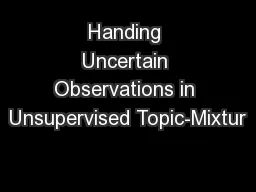

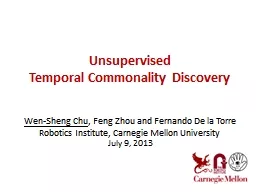
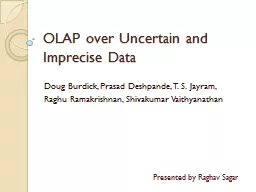
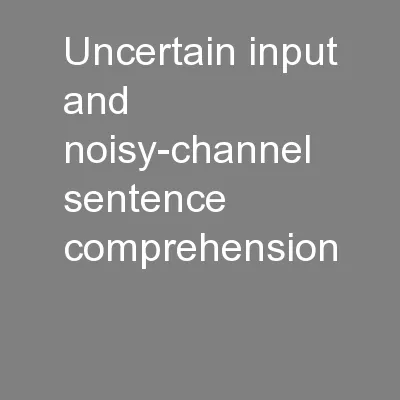
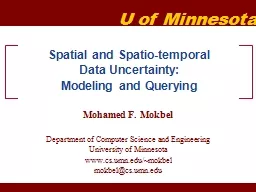

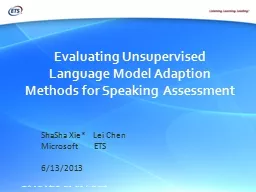
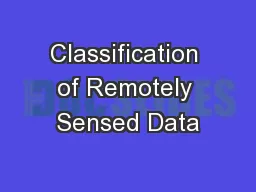
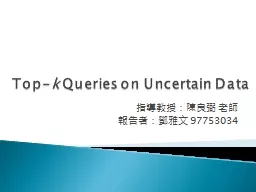
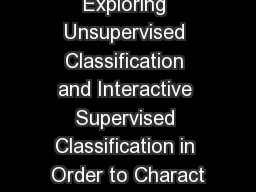
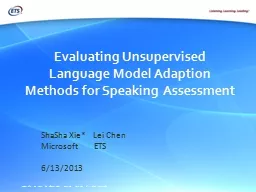

![[READING BOOK]-The Unsupervised Learning Workshop: Get started with unsupervised learning](https://thumbs.docslides.com/975145/reading-book-the-unsupervised-learning-workshop-get-started-with-unsupervised-learning-algorithms-and-simplify-your-unorganized-data-to-help-make-future-predictions.jpg)